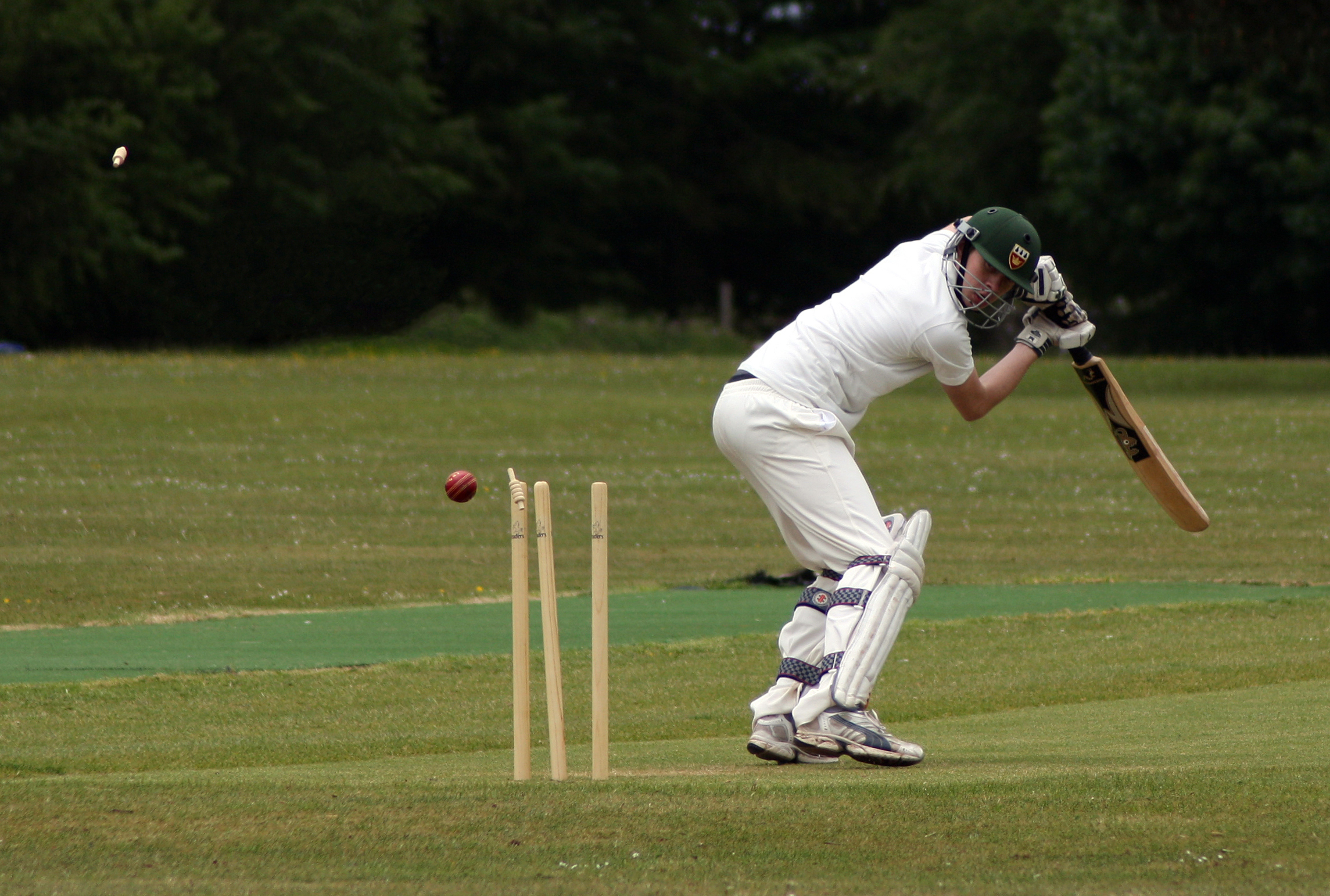Can You Swing A Ball?

In cricket, fast bowlers have different tricks to get the batsman out. One of the tricks is to swing the ball, causing it to deviate sideways as it moves through the air.
Why does a fast moving cricket ball swing in the air?
This section requires Javascript.
You are seeing this because something didn't load right. We suggest you, (a) try
refreshing the page, (b) enabling javascript if it is disabled on your browser and,
finally, (c)
loading the
non-javascript version of this page
. We're sorry about the hassle.
In cricket, it can be noticed that the fielders and the bowler keep rubbing the ball with a towel. This is not because they are very hygiene conscious, but that they want one side of the ball to be smoother than the other side. If so, the rough side will drag the air with it thereby reducing the speed of air, resulting in a difference on both sides of the ball. According to the Bernoulli equation , this difference in speed of air creates a pressure difference, with a lower pressure on the side of faster air movement, which is the smooth side. Therefore, a net force acts on the ball towards the smooth side and the ball swings in mid-flight.
The fast bowlers generally hide the ball in their hands, so that the batsman does not have a clue till the last second about which side of the ball is shinier. If so, the batsman has less time to judge which direction the ball will swing, which increases his chances of getting out.
Note: The first option says that the causes the ball to swing. While this can have a slight impact, it is often negligible.